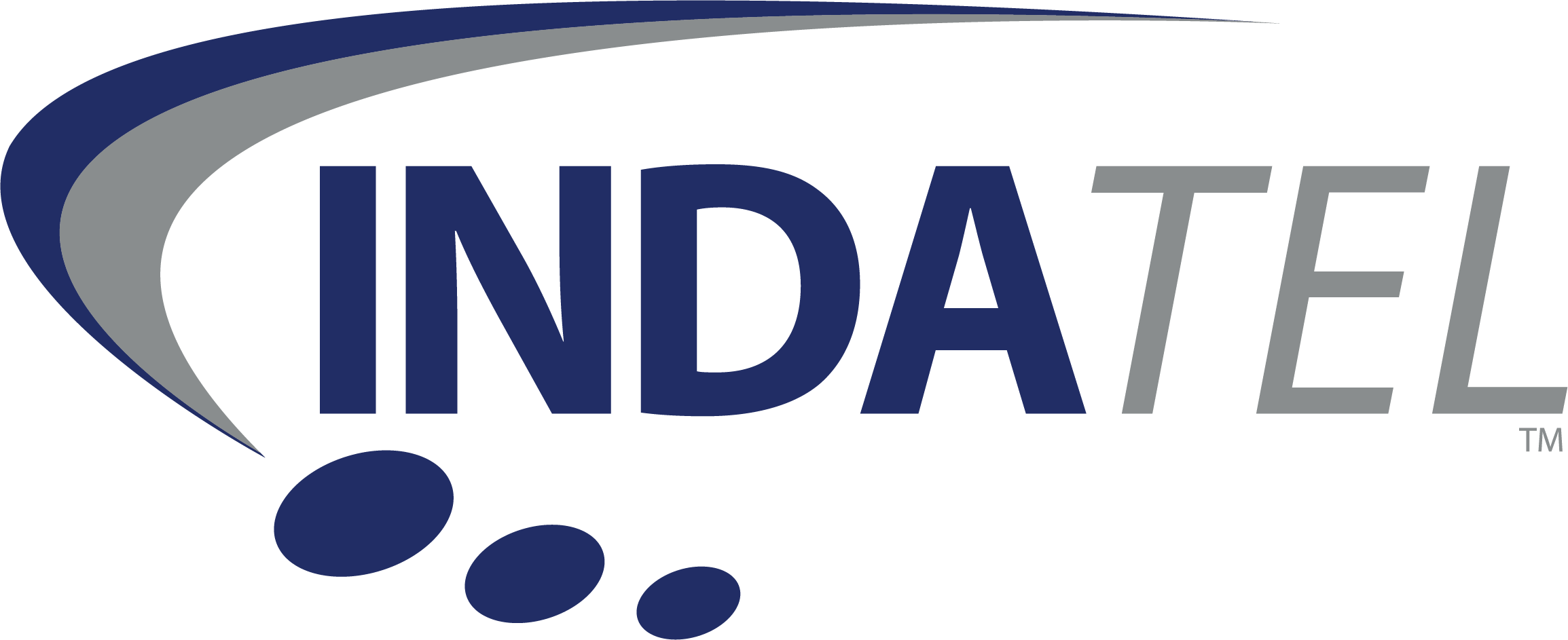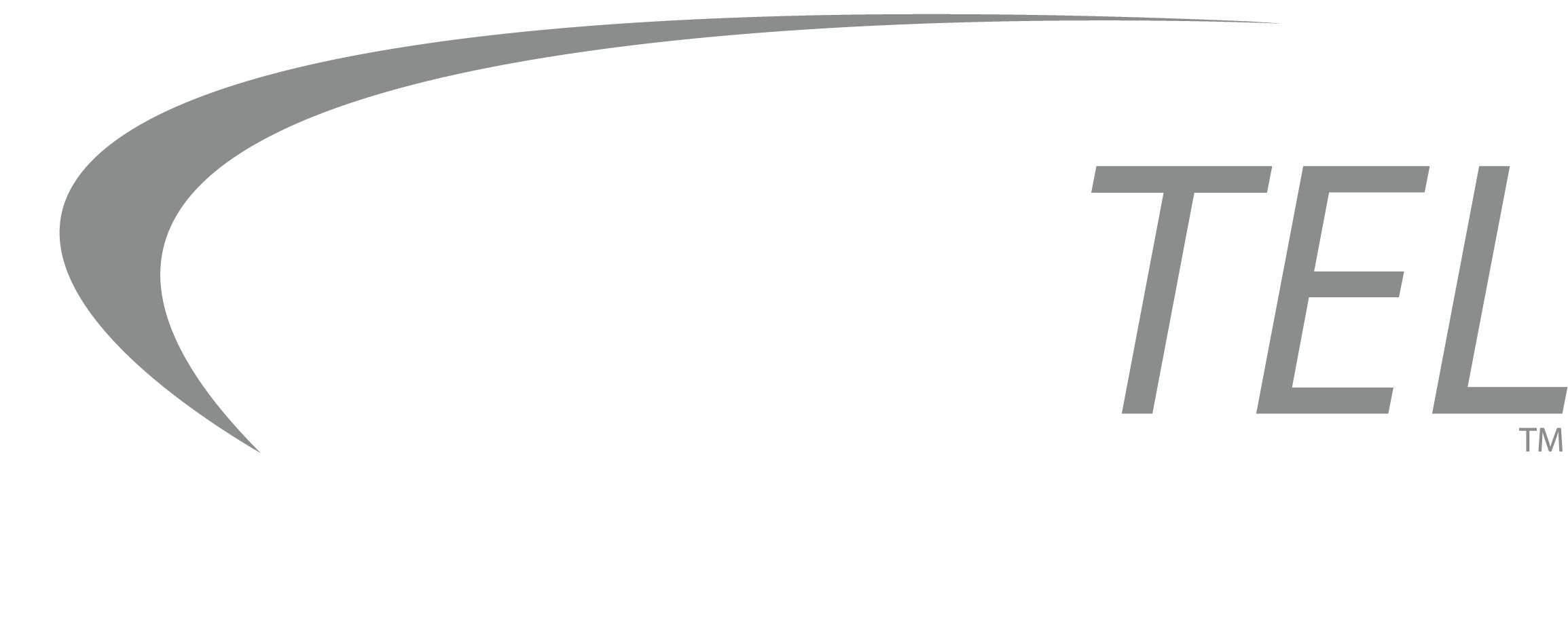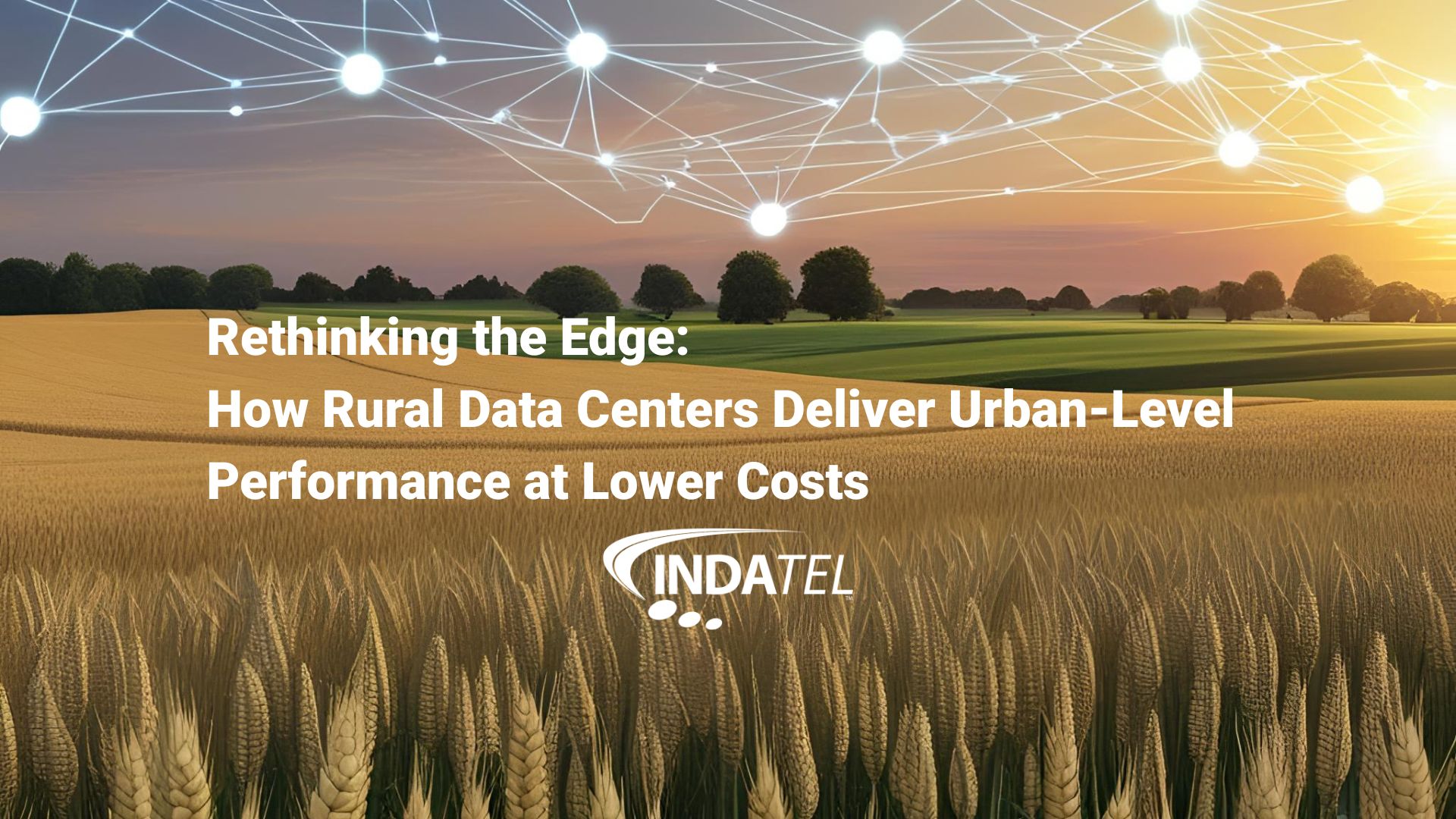
Celebrate Independence Month by Liberating Yourself from Unreliable Internet
As we come together to celebrate the month of independence, let us also celebrate the incredible advancements in connectivity that have transformed our lives. INDATEL, with a connection to 700+ rural independent telecommunications providers, is here to help make connectivity accessible and seamless. Join us as we explore the highlights of Dedicated Internet Access (DIA), current rural broadband trends, and the evolution of connectivity over the past 50 years. Together, we can liberate ourselves from the frustrations of unreliable internet connections and bridge the digital divide.
Dedicated Internet Access (DIA) offers a world of benefits for businesses seeking reliable and high-performance connectivity:
- Reliable Connection: Say goodbye to frustrating downtime and hello to a dedicated connection that ensures uninterrupted access to the digital world.
- Symmetrical Bandwidth: Enjoy equal upload and download speeds with DIA, enabling efficient data transfers, seamless communication, and enhanced productivity.
Rural broadband ensures that no community is left behind in the digital revolution:
- Fiber Deployment: By expanding fiber-optic networks across rural areas, INDATEL and our members are bringing fast and reliable internet access to communities that were once underserved.
- Wireless Solutions: By embracing wireless technologies like fixed wireless and mobile broadband, INDATEL is expanding connectivity options beyond traditional wired infrastructure, connecting even the most remote areas.
Let’s take a journey through time and appreciate how far we have come in terms of connectivity:
Dial-Up Era
The dial-up era began in the late 1980s and continued through the late 1990s and early 2000s. It was a crucial time in the history of the internet, as it marked the first phase of widespread consumer access to the World Wide Web. Remarkable as it was for the time, it’s slow speeds and limited functionality gave us but a taste of what was to come.
Although dial-up connections allowed people to access basic websites and send emails, they had significant limitations. Downloading larger files or multimedia content was painfully slow, and users often had to contend with busy signals and dropped connections. Moreover, using dial-up internet meant tying up the phone line, so users were unable to make or receive calls while online.
Broadband Revolution
The broadband revolution transformed our digital landscape, providing faster speeds and opening doors to endless possibilities in communication, entertainment, and business. The broadband revolution began in the late 1990s and continued into the early 2000s. During this time, there was a rapid deployment of various broadband technologies, such as Digital Subscriber Line (DSL), cable internet, and later, fiber-optic connections. These technologies provided users with “always-on” internet access, meaning they no longer needed to dial a specific number to connect to the internet, as was the case with dial-up.
Broadband connections offered significantly higher data transfer rates compared to dial-up. DSL and cable internet typically provided speeds ranging from a few megabits per second (Mbps) to several tens of Mbps, allowing for faster web browsing, smoother streaming, and quicker downloads. Thanks to the higher bandwidth of broadband connections, sophisticated online services and applications became more practical and accessible to a wider audience, such as video streaming, online gaming, and cloud-based services.
Fiber-Optic Advancements
The practical development and commercialization of fiber-optic technology began in the 1960s and 1970s, and it has since become an indispensable part of our modern interconnected world. Thanks to the Internet Era and its explosive growth in the late 1990s and early 2000s, it further accelerated the adoption of fiber-optic technology. Over the years, fiber-optic technology has seen continuous advancements, leading to higher data transmission rates and improved performance.
Internet service providers (ISPs) and telecommunication companies continue to invest heavily in fiber-optic networks to meet the increasing demands for high-speed data transmission. Today, fiber-optic networks form the backbone of telecommunications for city and rural environments, supporting high-speed internet access, cloud services, video streaming, and more.
As we celebrate this Independence Month, let’s celebrate the freedom that comes with reliable connectivity and bridging the digital divide. Thanks to our members’ Dedicated Internet Access solutions, along with INDATEL’s commitment to expanding rural broadband, we are paving the way for equitable and accessible connectivity. Together, we can embrace the spirit of independence by connecting communities and empowering businesses to grow with seamless and high-speed internet access. Join INDATEL on this journey of progress and let’s celebrate the incredible growth and possibilities that reliable connectivity brings to our lives.




